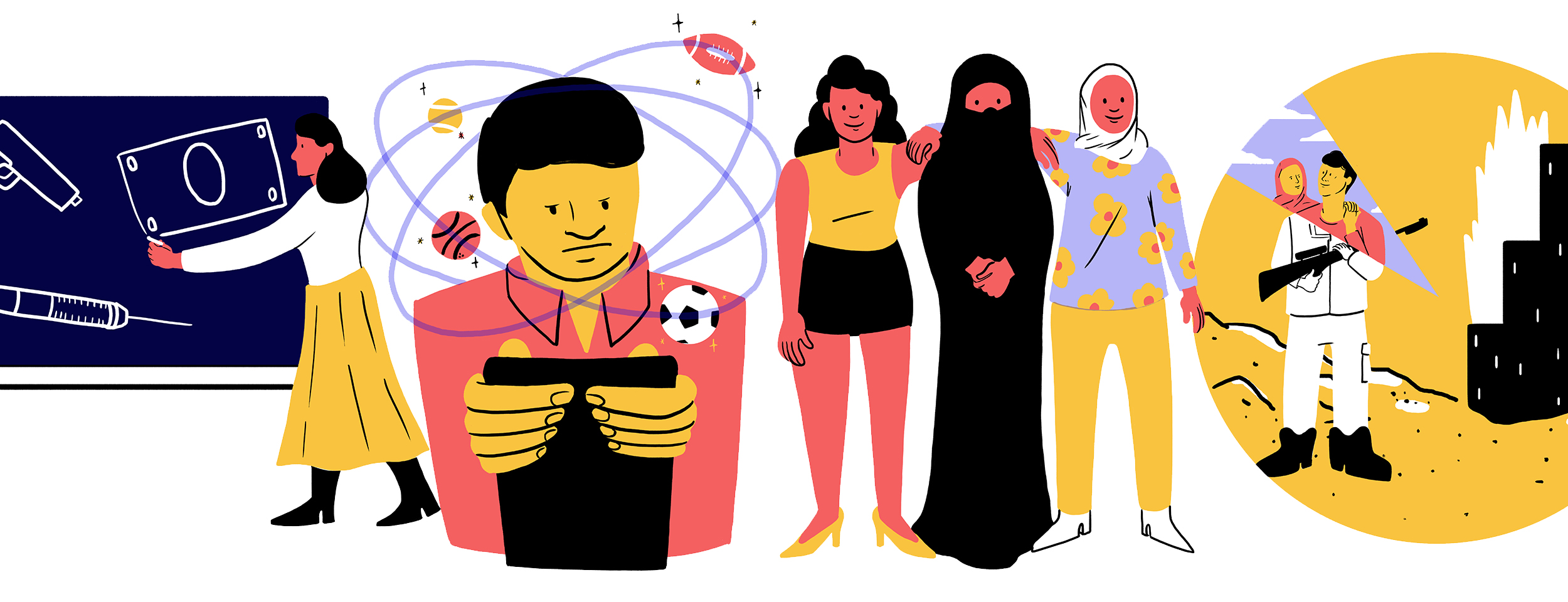
Keith Hernandez, Athlete
In my playing days, writing about baseball could be a lifelong career. Journalists who wrote about me had covered Ted Williams and Willie Mays. They had seen these men play, then watched the game evolve. Their judgments were shaped by a breadth of experience.
Today, sportswriters have become more transient. The beat is a revolving door, and the pace of turnover affects understanding of the game. Too many writers are too busy sending off tweets during a game. That’s part of the job description in today’s changing world—print is out, social media is in. Still, on the rare occasion I read the sports pages now, I don’t learn much about last night’s game.
An exception: Jared Diamond wrote a great piece for The Wall Street Journal about the aggressive new approach the Boston Red Sox have to swinging. The change, Diamond wrote, came from Alex Cora, a former Sox player and current manager, someone who uses data as well as his instincts. “Isn’t it amazing,” I tweeted, “that analytical data may bring the basics of this great game back to what it was?” Journalists also need to take the long view, so they can help show where the game will go next.
Keith Hernandez is a former first baseman who played most of his career with the St. Louis Cardinals and the New York Mets. Since 2000, he has been an analyst on Mets telecasts. He lives in New York and Florida.
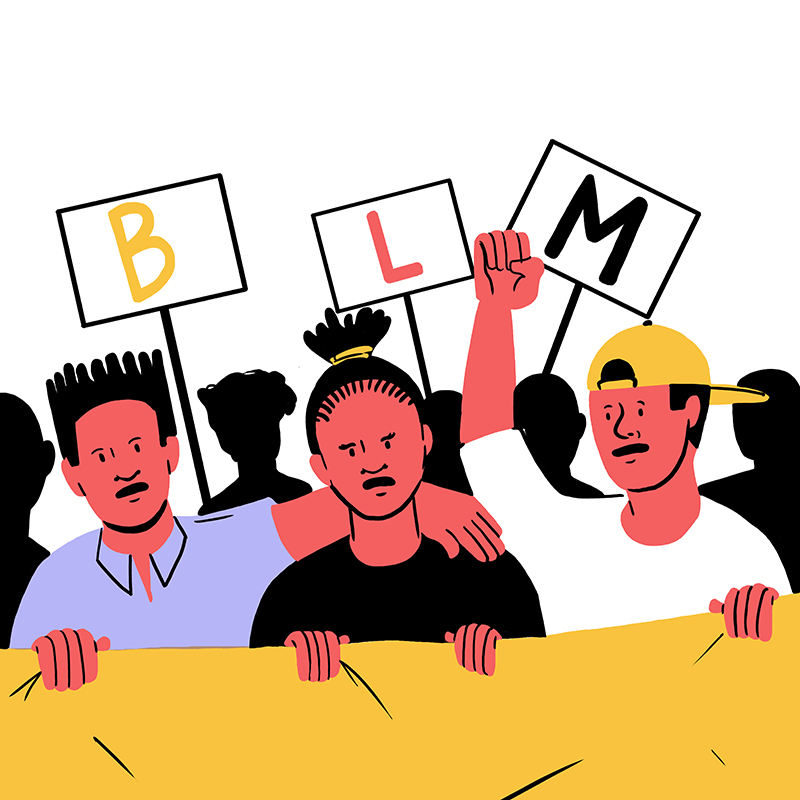
Patrisse Cullors, Activist
On July 5, 2016, Alton Sterling was shot and killed by police in Baton Rouge, Louisiana. The next day, a thousand miles away, a Minnesota police officer shot and killed Philando Castile, whose girlfriend, Diamond Reynolds, posted video of the aftermath on Facebook so that the world could bear witness. A day after Castile’s death, protesters in Dallas hit the streets as part of a national effort to challenge police brutality and murder by law enforcement. Their call for justice was interrupted when Micah Xavier Johnson, a young Black man trained in the US Army, shot and killed several law enforcement officers.
The shooting in Dallas marked a dangerous pivot in the media’s attention. The next several news cycles erased the deaths of Sterling and Castile. Rather than interrogate Johnson’s background, show his distance from Black Lives Matter, or consider the protesters injured or traumatized by his actions, headlines and public officials demonized our movement. By July 8, Bill O’Reilly was telling his audience that Black Lives Matter “inflames rather than illuminates” and is “essentially a ‘Hate America’ group.”
Such coverage failed the families of Sterling and Castile. It failed people in America desperately grappling with how to hold police accountable for the consistent harm done to Black communities. We need the media to be a beacon of truth, not falsehood. Journalists must be able to differentiate between terrorists and human rights leaders.
Patrisse Cullors is an artist, organizer, and freedom fighter. She is a cofounder of Black Lives Matter, a founder of Dignity and Power Now, and the author of When They Call You a Terrorist: A Black Lives Matter Memoir (2018).
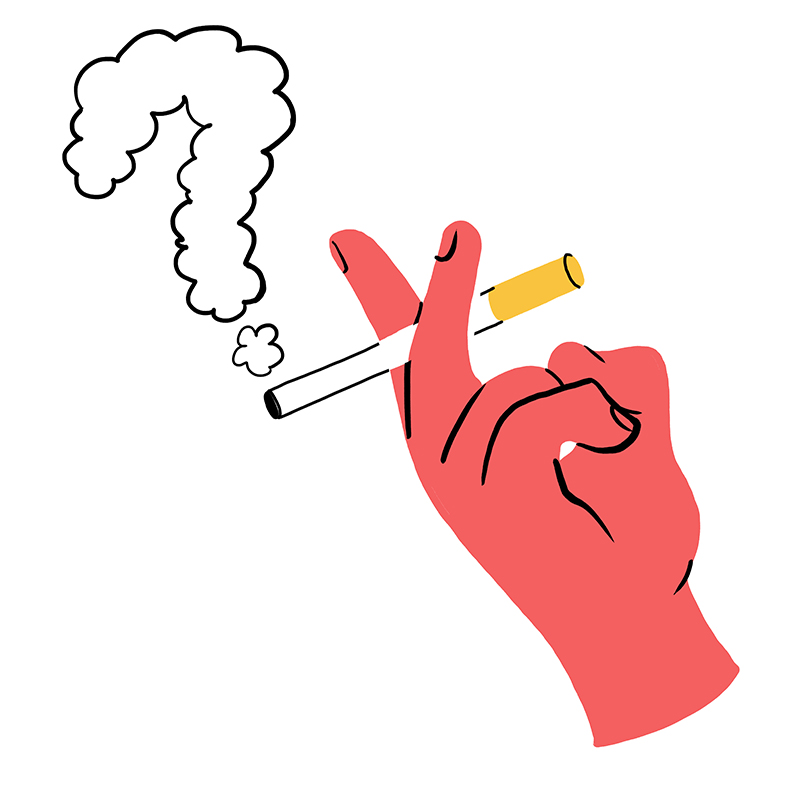
Sarah Coefield, Air Quality Specialist
In November, when the Camp Fire raged in Northern California, news outlets used cigarettes as a metaphor to explain the risks of breathing unhealthy air. But this comparison—derived from an equation that uses mortality data to create a cigarettes-smoked equivalent for fine particulate pollution—doesn’t work. Plug different mortality data into the equation, and you create the same equivalence. (Inhaling the Camp Fire’s thick smoke was the equivalent of being in 0.003 vehicle crashes per person per day.) Chemicals in wildfire smoke differ from those in cigarette smoke, and have different health impacts. Exposure times vary, as do affected populations; wildfires force smoke on infants, asthmatics, and others who should never be near it.
Journalists often ask folks in my position to provide statistics about the number of people affected by wildfire smoke. That can be nearly impossible to gauge. Many western communities are too small to be statistically powerful. In Missoula, where I work, there is no simple way to track the number of people going to health clinics for smoke-related concerns. Hospitals can be reluctant to provide data, and even if we’re lucky enough to get it, the numbers might not represent lived experience. Not many people end up in the emergency room. Often, they go to clinics or just suffer quietly.
Given the incomplete statistics and inaccurate metaphors, reporters should speak to wildfire smoke epidemiologists about known smoke impacts, and localize them with stories from community members.
Sarah Coefield is an air quality specialist with the Missoula City-County Health Department in Montana.

Jessica Salfia, Teacher
Education coverage, which often focuses on feel-good stories, can also downplay or simplify the challenges teachers face. News outlets covered the 2018 West Virginia teachers’ strike in triumphant terms, for instance, but as one teacher told The Nation, “wages and health benefits”—two demands made by the strikers—“were almost a distraction.” Other victories—concerning matters such as charter schools and seniority, to name just a couple of the pressures that weigh on teachers and shape education in this country—received considerably less attention.
Educators no longer offer merely a curriculum to students; they offer mental support services, character education, economic support, and protection from active shooters. The opiate epidemic has left many young people adrift. Teachers juggle the physical, emotional, and mental well-being of young people even as they are held accountable for those students’ assessments and mastery of concepts. In January, West Virginia educators again rallied outside of schools, this time to call for better resources for students struggling with mental health and with poverty. “We can’t educate with curriculum alone,” a teacher told a local newspaper in Wheeling. “We need these services for these children to thrive.”
Stories of triumph are important; they inspire us to keep going back to our classrooms when we’re emotionally and mentally spent. But young people and their communities also need stories that examine why so many teachers feel this way.
Jessica Salfia is a teacher, writer, and activist in the Eastern Panhandle of West Virginia. She is the president of the West Virginia Council of Teachers of English and coeditor of 55 Strong: Inside the West Virginia Teachers’ Strike (2018).
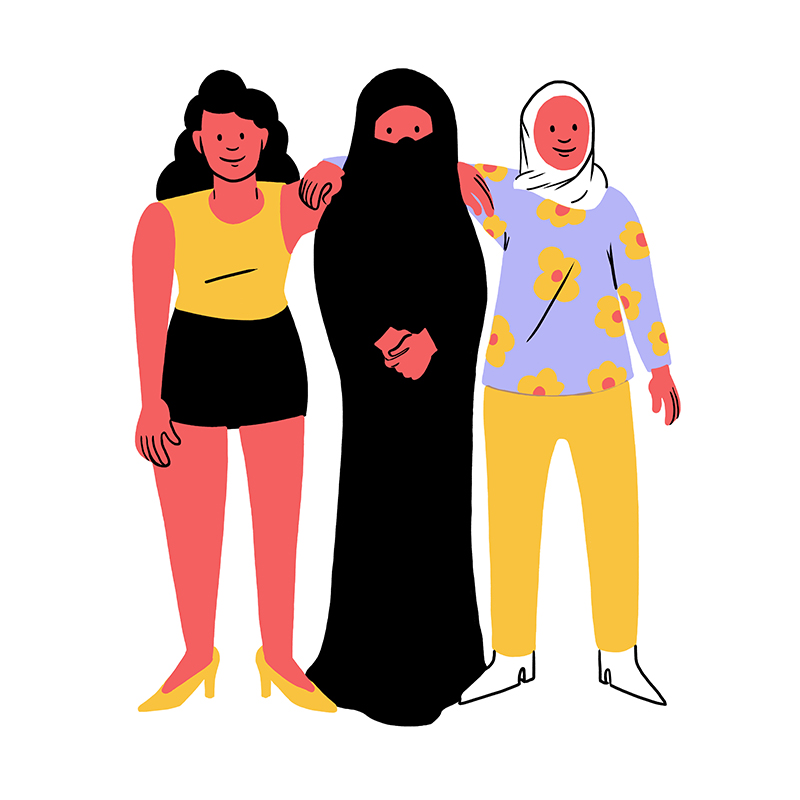
Hoda Katebi, Blogger and Community Organizer
The pervasiveness of structural violence against Muslims is deeply alarming. Such violence is created and perpetuated by institutions, including journalism. Reporting on Muslims frequently falls into dangerous Orientalist representations, creating simplistic dichotomies. For Muslim women, the difference between “free” and “subject” is regularly minimized to the way we dress—namely, with or without the hijab.
That reductive idea has been used as justification for America’s ongoing military occupation of Afghanistan, among other invasions and wars. In 2017, a frequently shared photo of women in Kabul in 1972 was used to convince Donald Trump, according to The Washington Post, that “Western norms had existed there before and could return.” But the US presence in Afghanistan has been destructive for women—who have suffered bombing, rape at the hands of soldiers, and the killing of loved ones. Afghan women were once wearing miniskirts, the reasoning repeated in the media goes, and therefore were free. But real freedom is choice, not any particular way of dressing.
Orientalism is most potent when journalists cover Muslim bans or drone strikes—if at all—without including the voices of affected individuals. Muslims need opportunities and tools to tell their own stories, on everything from foreign policy to fashion. With my own publication, I can bypass frustrating editors who want to use my “ethnic” name to validate a story they want to tell. If your writing is not critiquing the status quo, challenging injustice, and expressing unapologetic truths about the world, then it is complacent.
Hoda Katebi is the voice behind JooJoo Azad, a radical political fashion online publication; author of the book Tehran Streetstyle (2015); host of international book club & podcast #BecauseWeveRead; and founding member of Blue Tin Production.
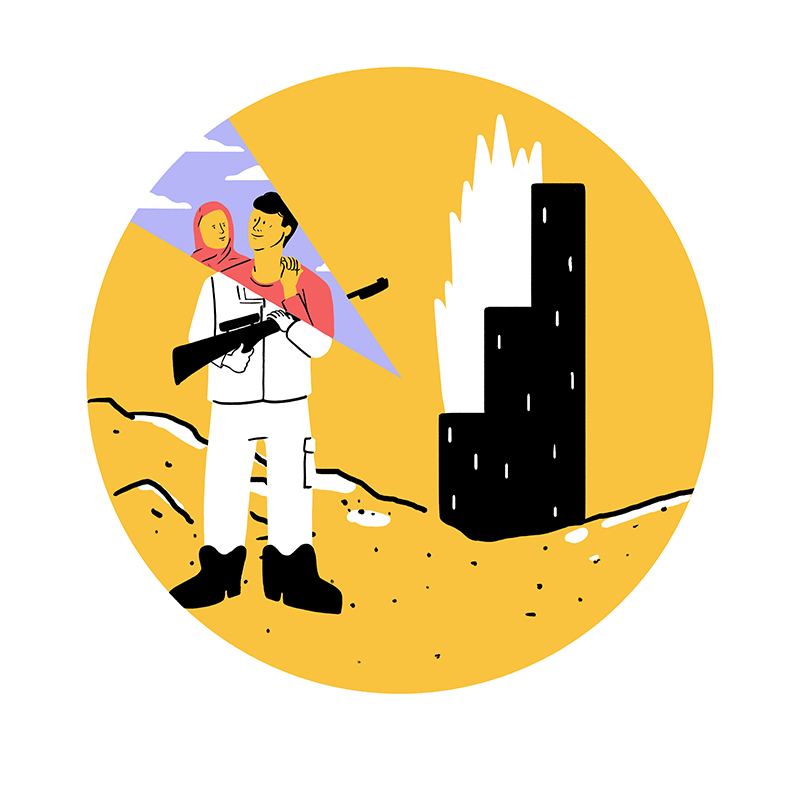
Qasim Rashid, Muslim Scholar
In 2015, when two Muslims committed a mass shooting in San Bernardino, California, media outlets and politicians jumped to label the event an instance of “radical Islam.” Two years later, when a Christian pastor in San Bernardino brutally murdered his wife, media obsessed over how he had been such a loving husband. No one asked how the pastor was radicalized.
When journalism amplifies violent and false stereotypes, it fails the public and provides fodder for governments to discriminate against the marginalized. Media propaganda played a significant role in justifying the 2003 Iraq War—which has since led to the murder of an estimated 500,000-plus civilians, the rise of Daesh, and ongoing drone warfare—all on false pretenses. Credulous coverage was widespread; rare dissenters, as The Washington Post’s Erik Wemple wrote, “didn’t pierce the compliant noise from their peers.”
A study of New York Times headlines published from 1990 to 2014 determined that more than half related to Islam were negative references. Many headlines associated “Muslim” and “Islam” with words like “rebels” and “militant”; subjects such as “alcohol” and “cancer” were framed with positive terms more frequently, while less than 10 percent of Islam-related headlines were positive.
The study’s authors concluded that a Times reader “is likely to assign collective responsibility to Islam/Muslims for the violent actions of a few.” One can only imagine what role this plays in America’s record highs in anti-Muslim violence and hate crimes.
Qasim Rashid is an attorney, author, and Truman National Security Fellow. He’s a former Visiting Fellow at Harvard University’s Islamic Studies Program and has published extensively on domestic and international human rights.

Lisa Rosenbaum, Physician and Professor
Despite the many triumphs of modern medicine—a cure for hepatitis C, a significant reduction in deaths from cardiovascular disease—to follow healthcare news is to see a system beset by failure. The doctor who cheats Medicare makes the news, but not the thousands who comply with regulations that are sometimes onerous. The scientist who fails to disclose an honorarium from the pharmaceutical industry is newsworthy; the scientist who spends 20 years hoping that her observations might incrementally improve human welfare will likely toil in obscurity. Society depends upon the press to expose corruption and to highlight systemic failures. What good is a medicine to cure hepatitis C, for example, if our patients can’t afford it? But what makes for a good story is not necessarily what makes for better health.
Consider statins, cholesterol-lowering medications that significantly reduce the risk of cardiovascular disease. Concerns about side effects, believed by many experts to have been exaggerated, have received influential media attention. An analysis in the United Kingdom suggested that more than 200,000 people had discontinued statin therapy after negative press, which the authors estimate could result in thousands of avoidable cardiovascular events.
Healthcare journalists can improve our delivery system by highlighting what’s wrong and by helping us maintain all that’s right. But sometimes that means describing the incremental victories.
Dr. Lisa Rosenbaum is the national correspondent for the New England Journal of Medicine and an assistant professor at Harvard Medical School. Her coauthors are James T. Rosenbaum and Sandra Lewis.
The Editors are the staffers of the Columbia Journalism Review.


